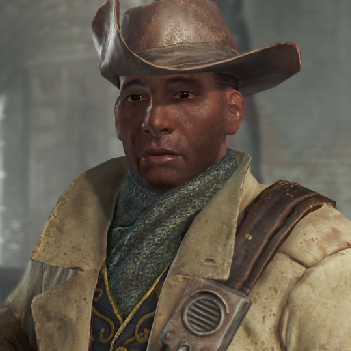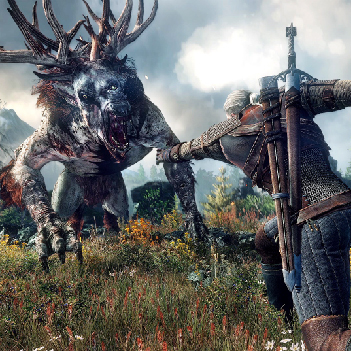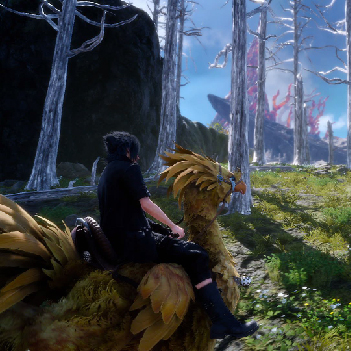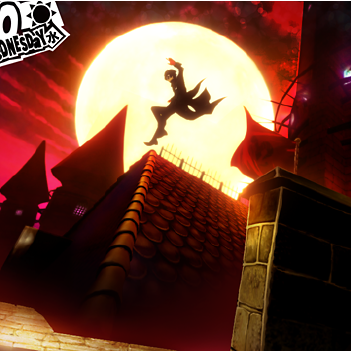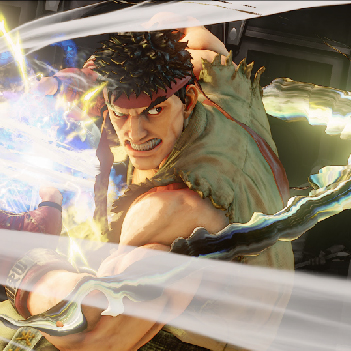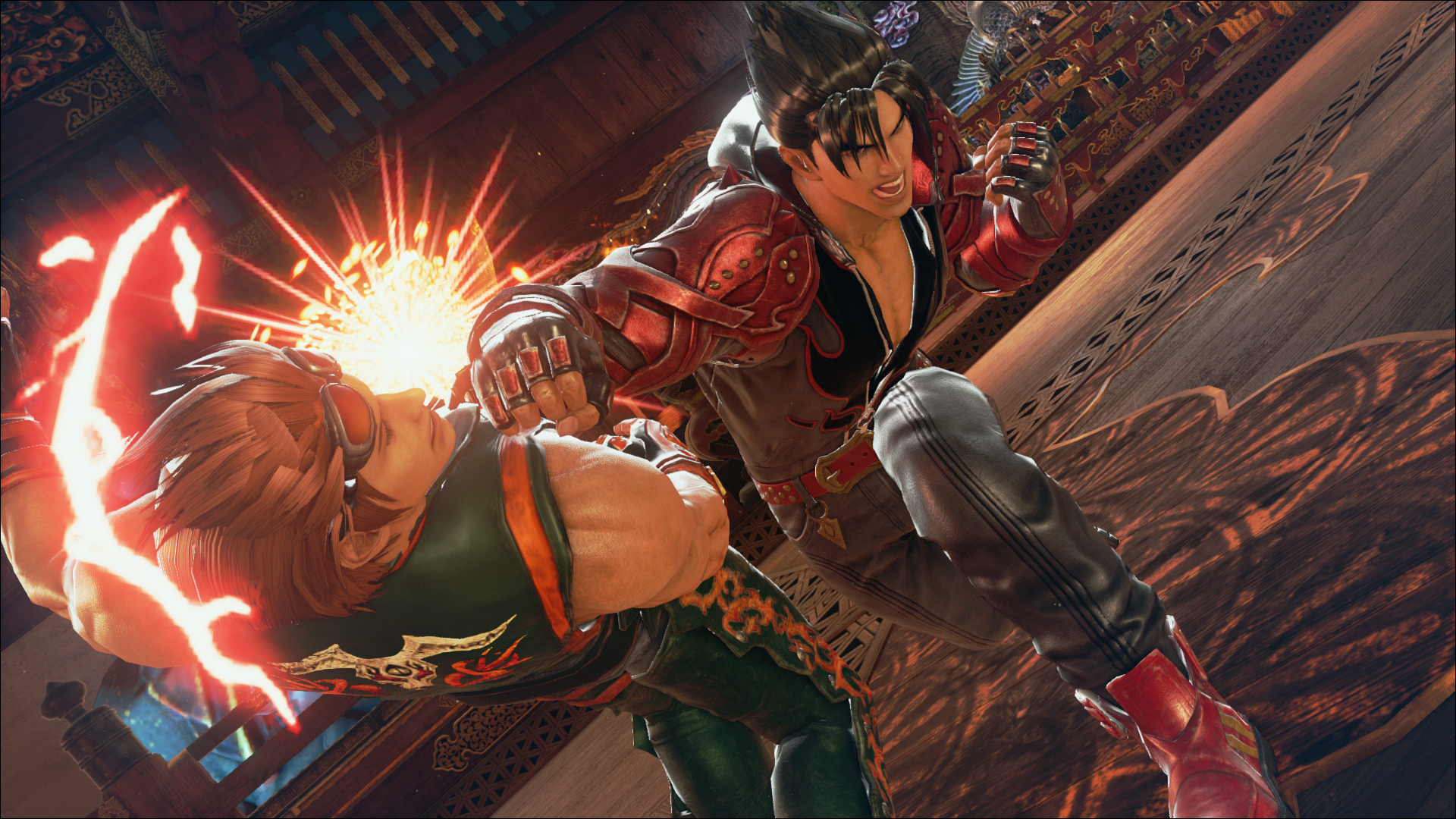
Video games have entered an almost teenage stage in their life. Developers are testing the waters more than ever as games push boundaries and chase ideas that at one point were only imagination. Despite this experimentation and confidence though, games are still unsure of themselves and the direction they should go in. Should they refine what they are or try to branch out and try new things? Neither choice is inherently wrong, but this struggle has caused some interesting outcomes in even popular, well known franchises as of late.
In mid to late 2015, two highly anticipated titles were released to great fanfare: Fallout 4 and The Witcher 3: The Wild Hunt. Both games were well received, but many felt that The Witcher 3 was the superior game. Fallout 4 was great by all accounts, with the general consensus that it was good because it was more Fallout. This isn’t and wasn’t a bad thing, but rather than focusing on refining what makes Fallout a beloved franchise, Bethesda chose to introduce and put a great amount of onus on the new feature of settlements. Settlements came across as a chore and while it did add a new way to spend one’s time in the wasteland, complete with an entire expansion devoted to it, the idea seemed to fall a little flat with many players. As the holidays came closer, The Witcher 3: The Wild Hunt was released and had people ensconced in its world immediately. The world was vast with even side quests having their own complete stories to tell and enjoy. Even without counting the expansions, The Witcher 3 had enough content to keep anyone busy for over 100 hours if they desired. The Witcher 3 didn’t stray from its Western RPG roots and didn’t add anything like Fallout 4’s settlements. It shed the fat of its past entries and turned what it did well up to 11. The Witcher 3 became what many believed to be the game of the year in 2015 and even had people talking about The Wild Hunt through 2016.
Final Fantasy is considered by many to be the pinnacle of the Japanese RPG. The trend-setting franchise made its stamp on perhaps the golden age of the JRPG with Final Fantasy VI and brought the genre to new heights with Final Fantasy VII on the Playstation. Lately though, the franchise has a had a bit of an identity crisis. Beginning with Final Fantasy XII, the series began to experiment greatly with its traditional recipe. Gone were turn-based battles and the active-time battle system that so many had become accustomed to. Final Fantasy XIII altered even the traditional overworld FF fans had grown to love for a more linear style of gameplay. This identity crisis is at its peak with Final Fantasy XV. Final Fantasy XV began its life as an off-shoot of Final Fantasy XIII and was intended to be an action-oriented game.
Through a long and tenuous development process, the game became Final Fantasy XV and from the start was not going to be returning to the roots of the franchise. Final Fantasy XV opens with the words, “A Final Fantasy for fans and first-timers.” Final Fantasy XV strove to go all out with the mission the series had been on since it began straying from its roots back with Final Fantasy XI and XII, and that was to bring the Japanese RPG to its widest audience yet. Final Fantasy XV includes aspects of action games with its combat, Western RPGs with its open-world and quest guided gameplay, and of course Japanese RPG elements such as the party system. Final Fantasy XV sought to please as many gamers as possible, and, at least in my opinion, missed the mark because of its desire to cram as much as possible into a single game. Many were left disappointed by Final Fantasy XV’s story that seemed to get lost in the shuffle of so much going on.
Flash forward to this April and perhaps the greatest challenger to Final Fantasy’s throne, Persona, unleashes its newest selection onto North American shores. Persona 4 had pushed the series right to the cusp of wide-spread notoriety among gamers and Persona 5 had a hype building around that was palpable. By nearly all accounts it delivered. Fans of the series were more than please, and perhaps more importantly, new fans had been acquired with many players noting it was their first Persona game. Persona 5 did not try to re-invent itself, instead choosing to refine the features and gameplay that made the series as popular as it had become. Persona 5 gained a large number of new fans to the Persona series with its stylish and upbeat way of delivering the Japanese RPG genre rather than actually going out of its way to appease as many people as possible or take a drastic turn to bring in more players. The irony of this situation is that the biggest game changer of all time for Japanese RPGs was Final Fantasy VII, a game that simply upped the ante on everything the series already did well rather than attempting to appease as many people as possible by digressing from what made the series great so far. Final Fantasy VII was attempting to bring the genre to as many gamers as possible, and it did, but it did so through the same strategy Persona 5 used and not the strategy Final Fantasy XV used: Refining what was already good, and not going out of the way to appease as many as possible.
The final example I have is one that is, to me, the most intriguing and disappointing. Street Fighter V was the much-anticipated follow-up to Street Fighter IV and its various iterations, all mostly improving on the original product. To go forward we must first visit the past and talk on the impact SFIV made. Fighting games are very much a niche genre, which is surprising considering how long they have been around. In a gaming world that includes the term eSports it is a wonder that fighting games are not bigger than they are, instead giving way to other competitive games like FPS, MOBAs, and RTS. Fighting games have persevered through this with its grassroots following and a community that wasn’t the largest but perhaps the most passionate about their genre of games. Street Fighter IV altered this course. In 2009, tournaments and tournament coverage around fighting games exploded in large part because the grand-daddy of fighters had returned and returned with a fierce and fun iteration. Old favorites mixed with new characters to appease nearly everyone and the mechanics kept people playing and digging up new tech until the announcement of Street Fighter V when the hype turned towards what was expected to be the heir apparent to the throne in the fighting game world.
Street Fighter V was created in large part at the behest of Sony, who wanted to dip their toes into the world of eSports using the fervor generated by Street Fighter IV as a vessel. Fighting games were in a renaissance and it was in great part due to Street Fighter IV. Mortal Kombat was resurrected, SNK decided to stay in the game with a new King of Fighters, and even Killer Instinct was brought back straight from the 90’s. Everyone wanted in, but Capcom and Street Fighter retained rule of the fighting kingdom. Fast forward to the release of SFV and fans were met with disappointment as the game offered little to no single player experiences and the online functionality left a lot to be desired. Capcom didn’t do themselves any favors by offering little in the way of communication, but for many the saving grace was the actual gameplay. Street Fighter V promised to make the playing field level between veterans and newcomers with an easier to understand and more streamlined system of gameplay mechanics. The gameplay was stripped down, and as time has gone on, many found Street Fighter V to be missing the depth of past iterations. It has made for a frustrating experience for veterans who are seeing that Street Fighter V may not have the legs Street Fighter IV and other great fighters have had, while the lack of features like an arcade or story mode has left newcomers and more casual fans with a bad taste in their mouths. Street Fighter V, Capcom, and Sony attempted to bring a wider audience to a game that already had a great following by changing the formula that had brought the series and most importantly, Street Fighter IV, historic success. It has yet to be met with great acclaim a year into its lifespan.
Tekken was at one point at the top of the fighting game genre. Tekken 3 and Tekken Tag Tournament were enormous successes, and one could argue that some of this success was due to the lackluster reception of Street Fighter III, which may sound similar to our current situation in a bit. The Tekken series hit a bit of valley beginning with Tekken 4, an iteration that tried a lot of new things all at once. Tekken 5 was a step back in the right direction, but Tekken 6 and Tekken Tag Tournament 2 were both a bit lackluster even for fans of the series taste. I would be remiss to not admit that some of the anticipation surrounding Tekken 7’s console and PC release following a two year arcade run was not in some part because of Street Fighter V not appeasing people as well as they had hoped, but Tekken 7 had done a lot on its own to build its own hype. A sizeable roster from the start, a return to more basic Tekken mechanics, and upping the ante in terms of presentation had old school Tekken fans and new players ready to take the plunge frothing at the mouth to have the 3D fighter at their finger tips. If there was one thing that the Tekken team made a point not to touch, it was the game’s accessibility. Anyone who has sat down with a Tekken game and gazed upon even a single character’s movelist has surely had their jaw drop and the number of maneuvers one is thought to cram into their memory and become acclimated with using in battle.
Tekken is not a series for the faint of heart when it comes to mastery, but it has always had a loyal following. The Tekken team understands this, and understands that at 9 iterations in, there are things fans enjoy and things fans don’t. Tekken 7 aimed to just make the best Tekken it could, and unapologetically crafted this latest entry without thought for easing accessibility outside of a few new character designs and some very minor mechanic alterations. The game doesn’t even have a tutorial, and frankly, it might not even help given the game’s intricacies and myriad of situations. Despite this slight weakness, (among others, because Tekken 7 is not perfect) Tekken 7 has been met with praise thus far. It recently broke a Tekken franchise record for entrants at the yearly Evo 2K tournament series due to the influx of new players and returning vets ready to take advantage of their favorite series rise back to relevance.
The team around Tekken 7, like Persona 5’s and The Witcher 3’s, did not seek to re-invent themselves, but instead aimed to make the best version of their game’s vision. All succeeded where their counter-parts fell short to varying degrees. This brings us to a question: What does this mean for the future of games currently? Are developers better off refining what games already do well because that is what is having success? I hypothesize that games have nearly entered an era where they understand themselves enough that refinement of strengths is the current process. Making the best product they can on today’s amazing technological hardware is what video games have been waiting to do for a long time. We may currently be in a new height for video games; a time we might look back upon the way we do the SNES and Sega Genesis era. Innovation is not out of the picture though. If one seeks it out, indy developers are trying new things constantly, though to varying degrees of success. My previous piece was about Nier: Automata, a game that has a couple rough edges, but I have no doubt is a picture of what games can become and pushes video games ability to tell stories while not sacrificing but entangling gameplay within that story. I’m not sure in what direction games will go given the current trend of refinement winning out, but I know we should enjoy this era because there is an embarrassment of riches out there to play.
- Ken Houston

